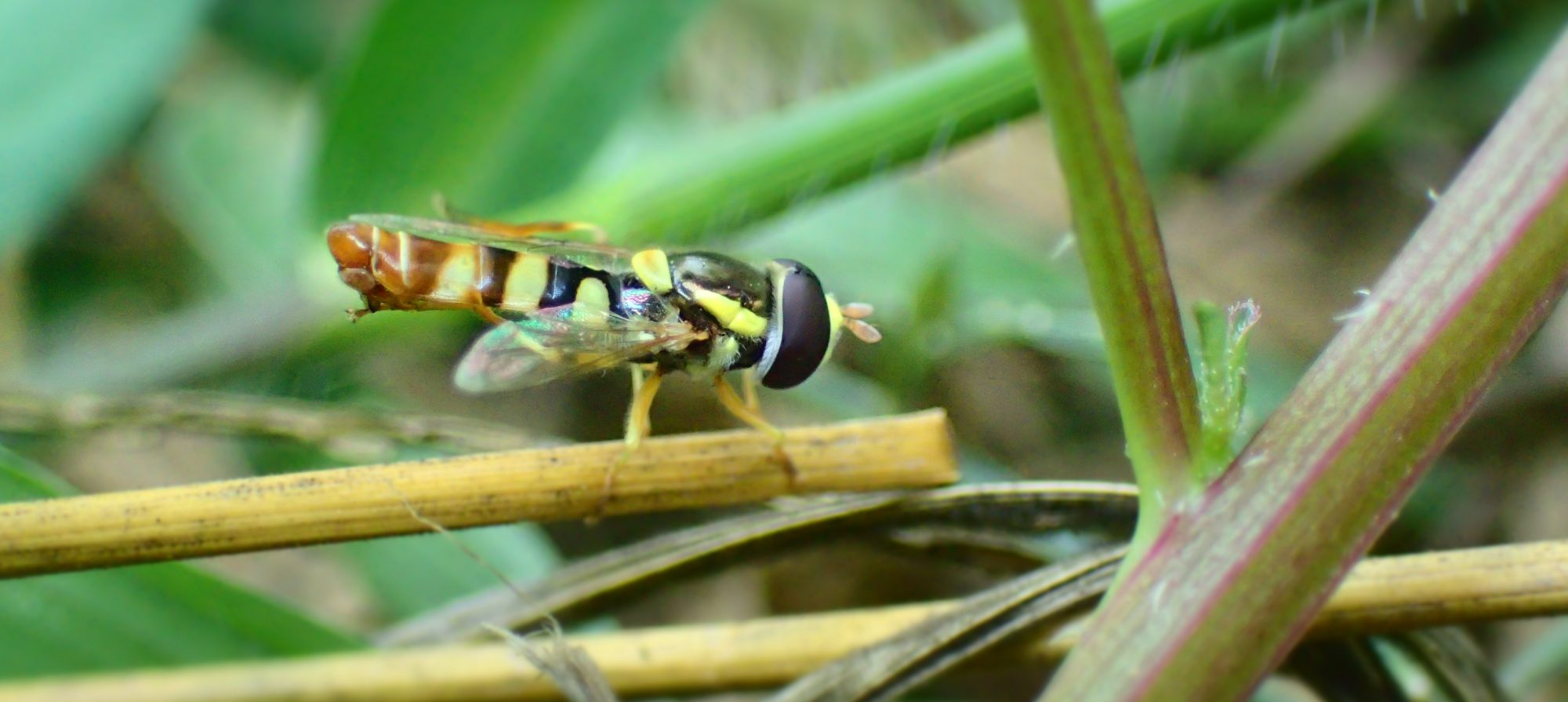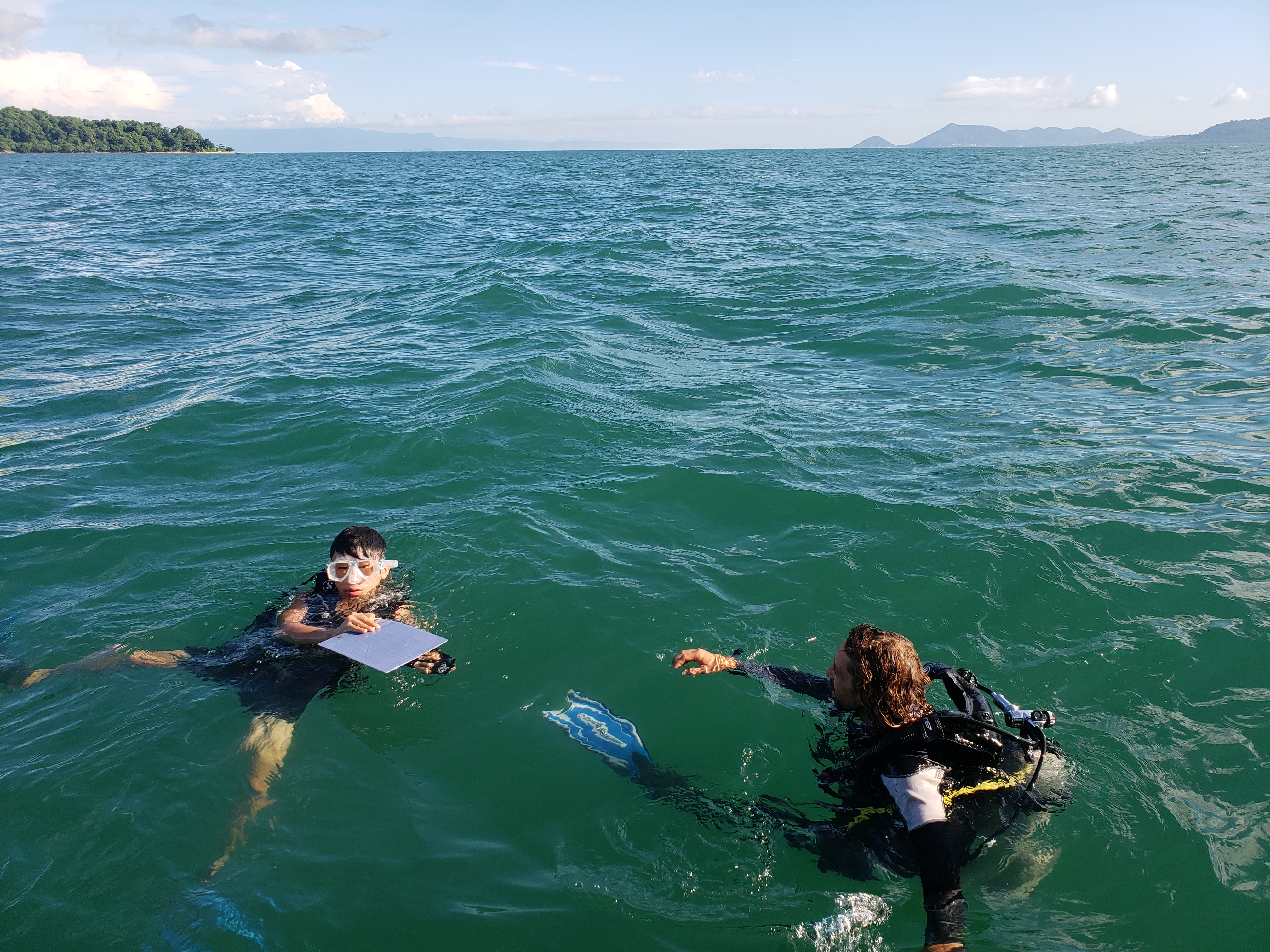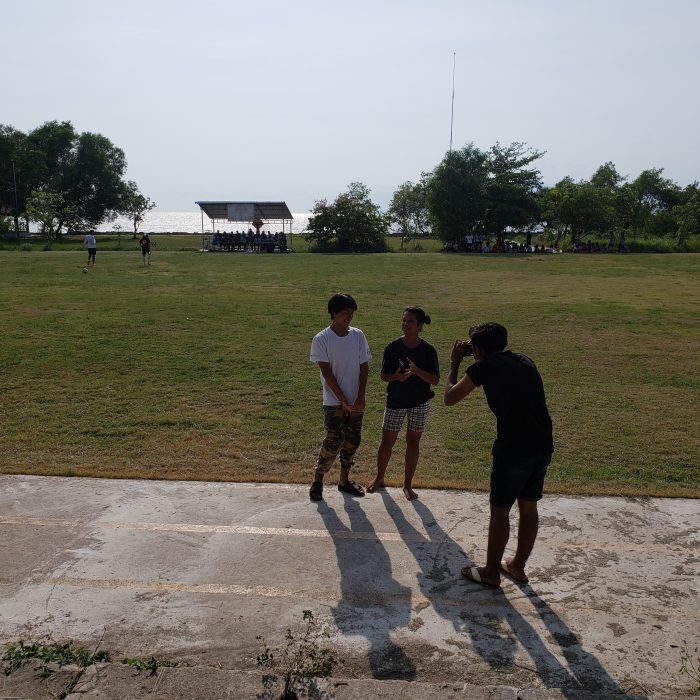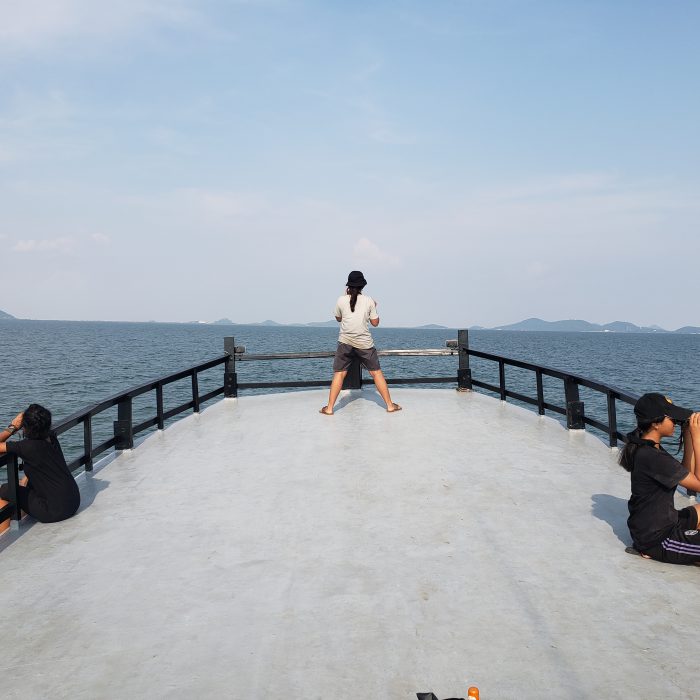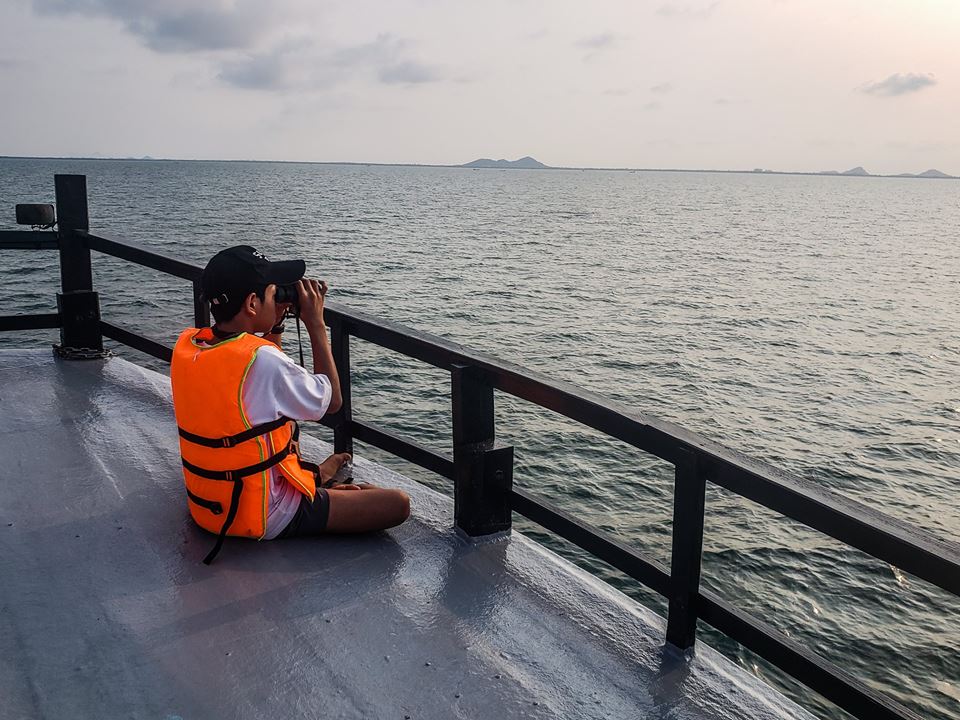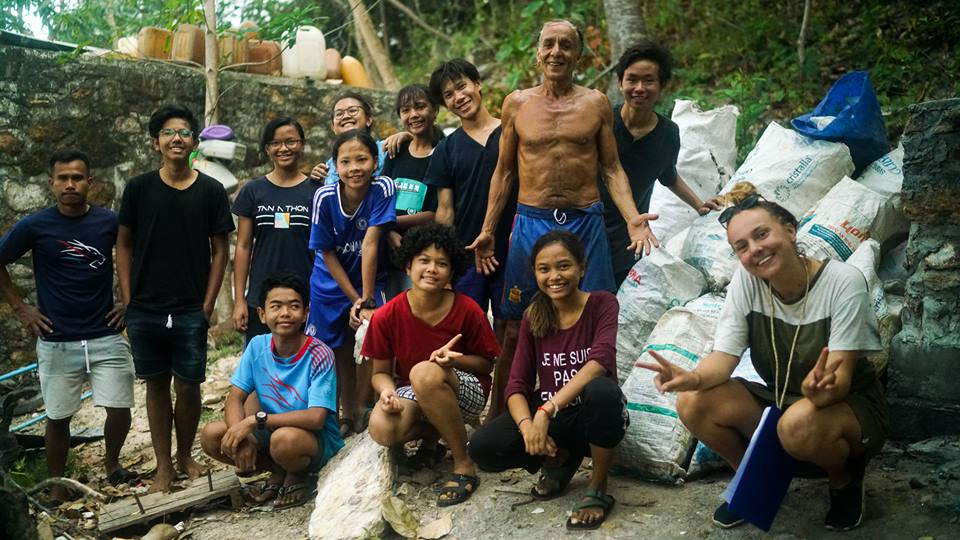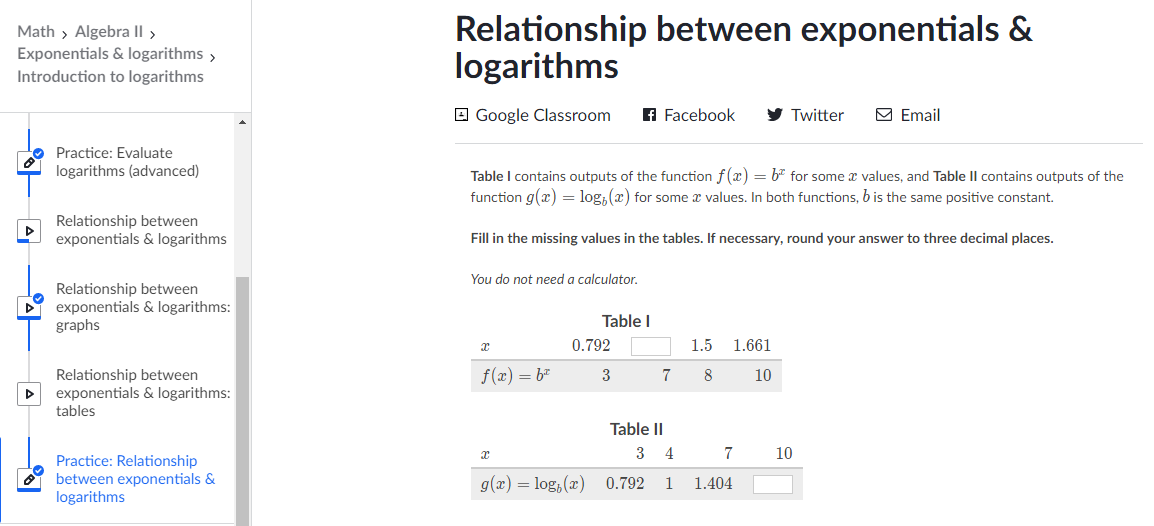My academic year has been wrapped around the quote, “if you want to change the world, start with yourself,” by a well-known hero, Mahatma Gandhi. A few weeks into the academic calendar, I found myself losing interest in (fictional) novels; I no longer enjoy reading fantasy or adventure books. I picked up books like, “Unmade in China” by Jeremy R. Haft, “Insight Out: Get Ideas Out of Your Head and Into the World” by Tina Seelig, and “Winning the Brain Game: Fixing the 7 Fatal Flaws of Thinking” by Matthew E. May; at that moment I knew I was going through a dramatic change.
“Don’t cry honey, mommy will hit the earth for you,” Mother said when I tripped while learning to walk. Years later, I, age seven, said the exact same phase to my younger sister, replacing mommy with big sister. Unaware back then, I subconsciously learned to point finger at a scapegoat for my shortcoming or failure and even taught it to my sister.
I did not notice this growing up until now. I started reaching deep within myself. I contemplate and see flaws in little things. It’s like I’m in a whole new world. Rather than looking at only the big pictures, I also focus on the small details because that is where changes start. I thought about many problems that I see in my country: gender equity; lack of health knowledge (both physical and metal); Illegal, Unreported and Unregulated fishing (IUU); excessive use of packaging especially plastic packaging; and a lack of career and college counseling for students in public schools.
I knew that I can’t work to change all the areas I’ve identified at once, so I decided to work on a few that I felt most passionately about. I initiated a project called Chatting Through. I see that many students in public schools have a hard time planning their future in the traditional learning curriculum they are immersed. I wanted to do something about this. With some research, I learned that the Ministry of Education, Youths, and Sports (MOEYS) of Cambodia also see what I see. That was why MOEYS created and launched an app, Trey Visay, in 2018 that would help students choose their career path. Although this app has a very high potential for change, it does not seem to gain a lot of support—only 1K+ downloads. This means that the app does not fulfill what the students need or is not known to students. With that, I thought to myself: I am not a certified counselor, but I can help students find counsel.
Chatting Through became the platform where I reflect and change myself. It’s where I make change while also learning to change myself. I had to pull myself out of my comfort zone and bring discussion to to an unspoken topic. “Strangers know nothing about you; you get to reinvent yourself,” was said to me by my English literacy teacher. I’ve never believed it until recently. I say and rehearse my speech in my head before saying it; I faked it until I made it. I pushed myself to ask for help which is something I had always viewed as vulnerable. Now, I understand that asking for a favour is not weak. I change from being independent to inter-independent; independent while also dependent on others. Through this project, I know that I have inspired high school students to think about their future and career planning. I know that I have provided them scholarship information that is unbeknown to them. I know I have lit a candle in the dark. I also know that I have changed myself to better impact my country.
I’ve learned not to take things personally and react differently to unexpected situations. I can’t expect strangers to trust me or act in ways I’ve expected them to. I can’t expect them to believe in what I believe. To make change, it takes time and trust. It takes all parties to believe in a mission to make change.
I’ve changed and grown so much this year. Though sometimes it feels too much, I am grateful for it. I now see and can tell my younger sister that the earth is not the blame for our failure to walk; life is about walking and never stop no matter how slow we walk. It’s up to us to push through even when the surface of the earth can sometimes be muddy, steep, slippery, or cold because it helps us grow and discover our potential. It’s not about how we fall, but how we get up.
